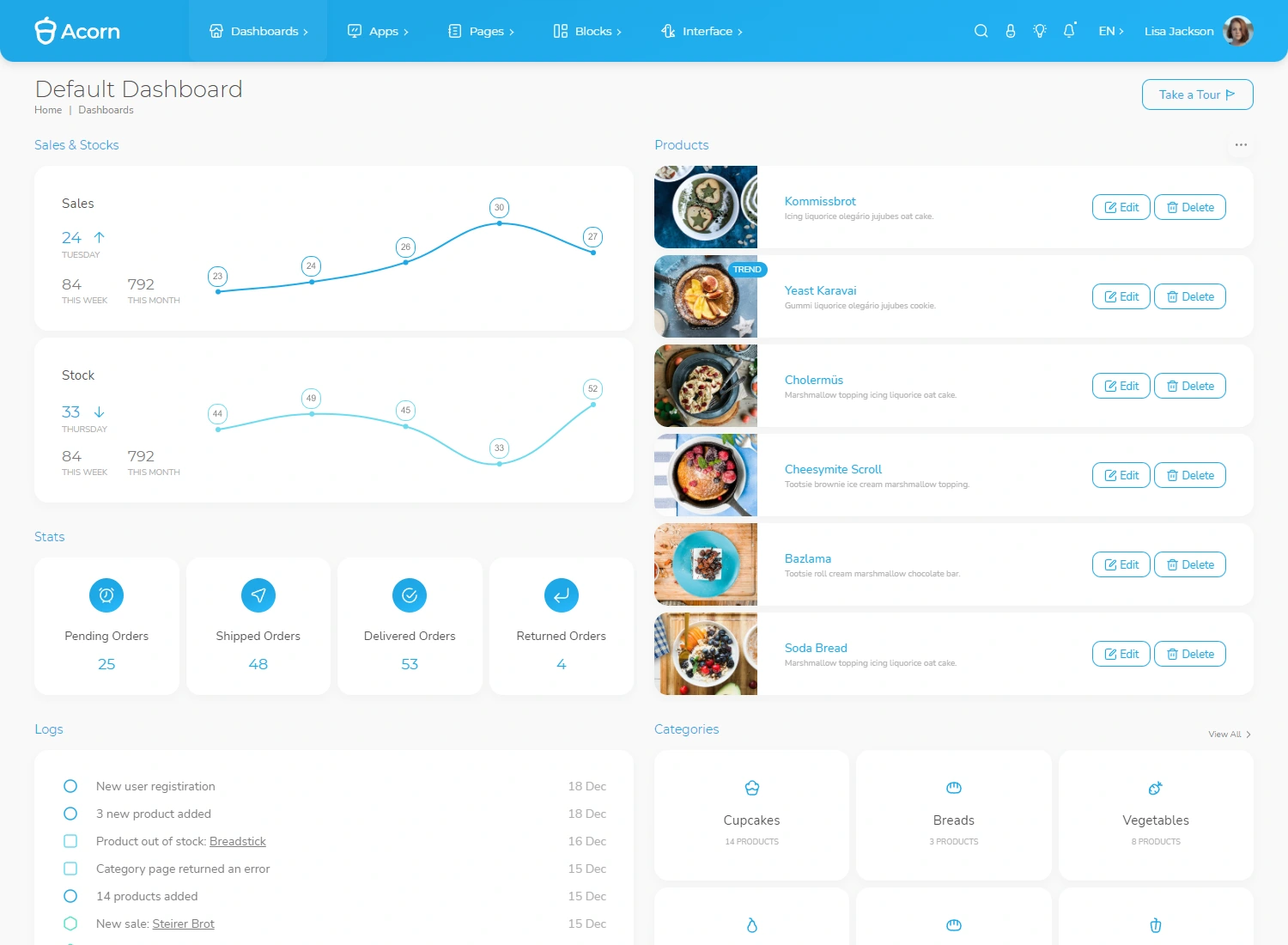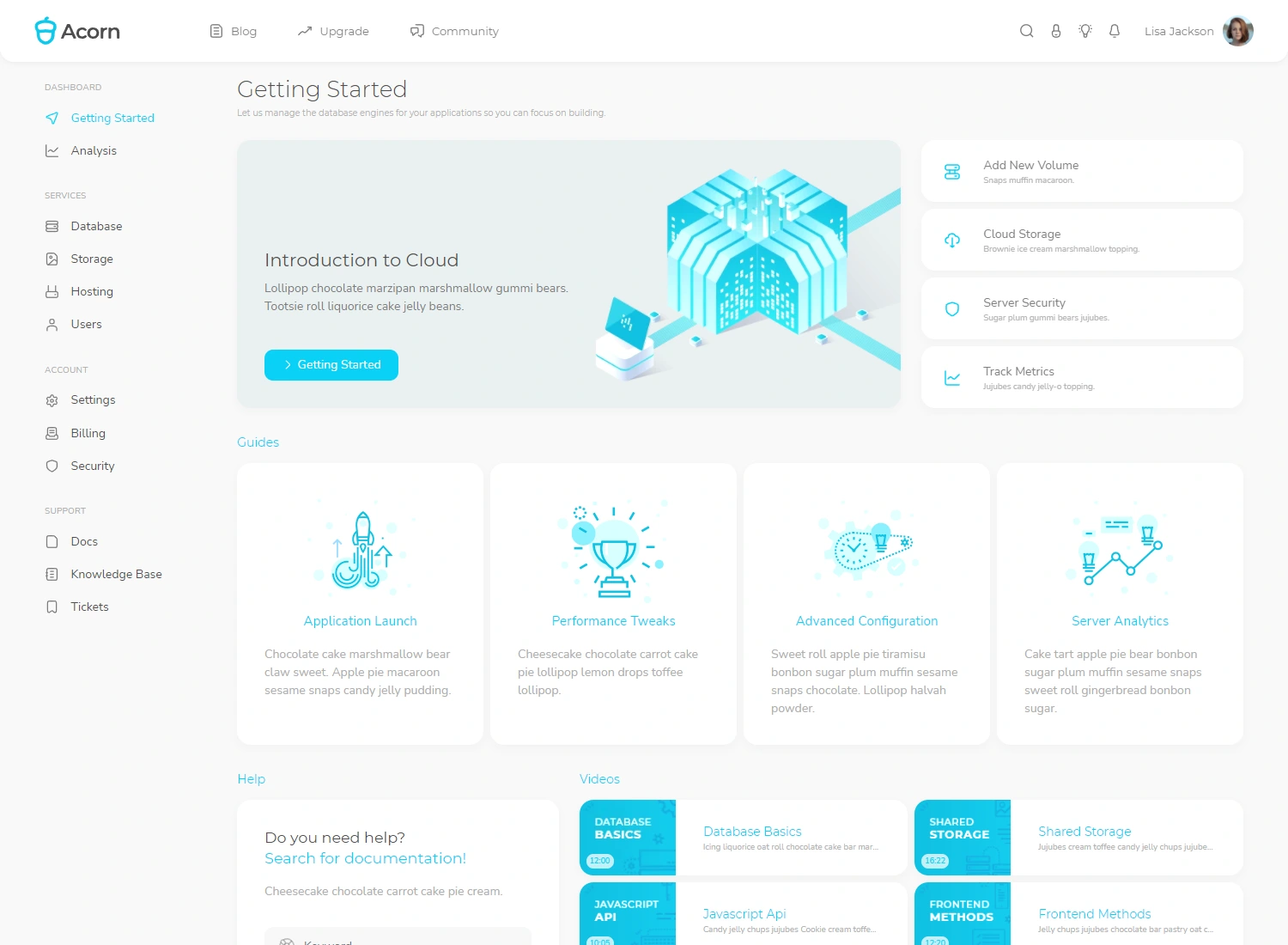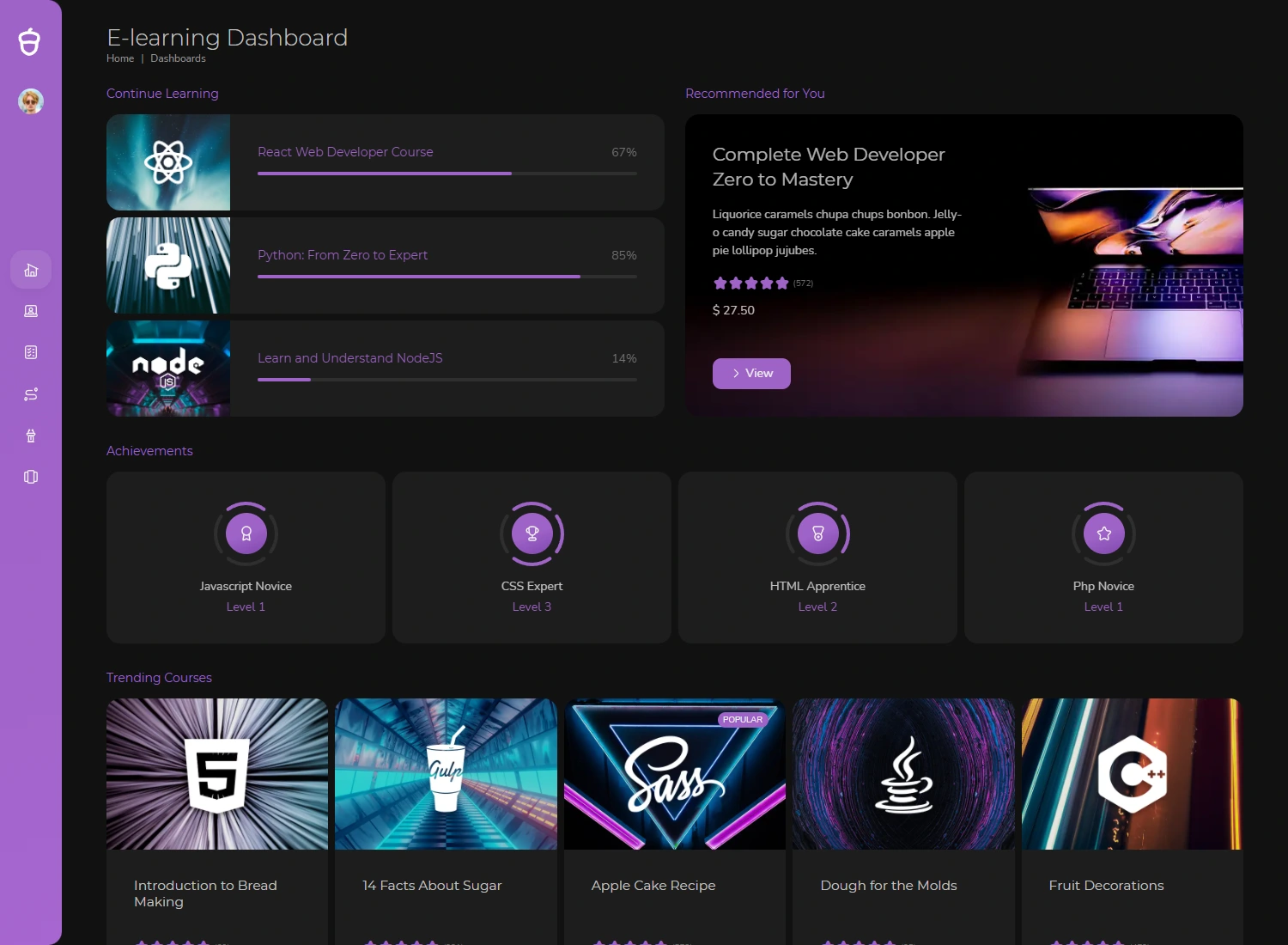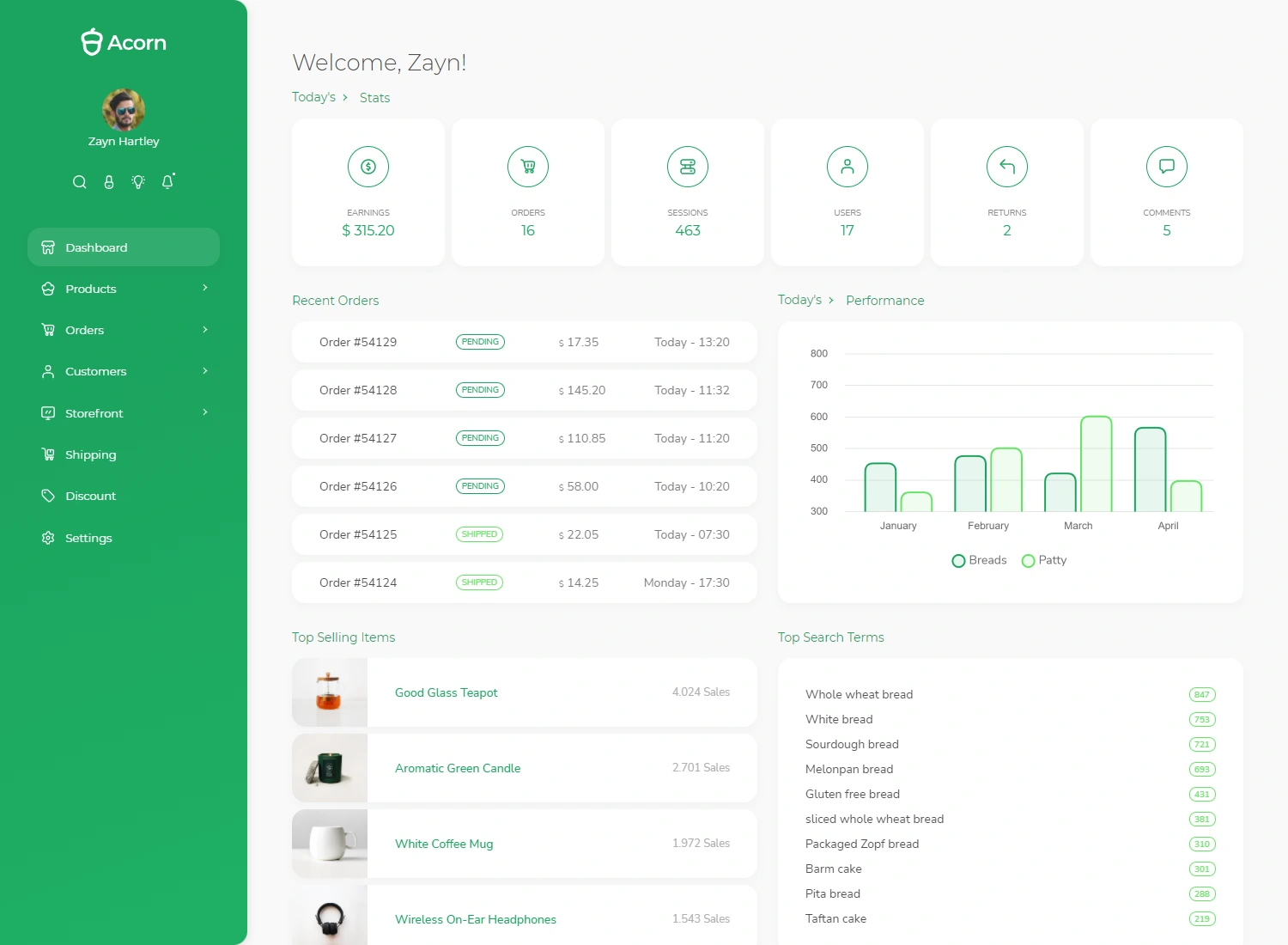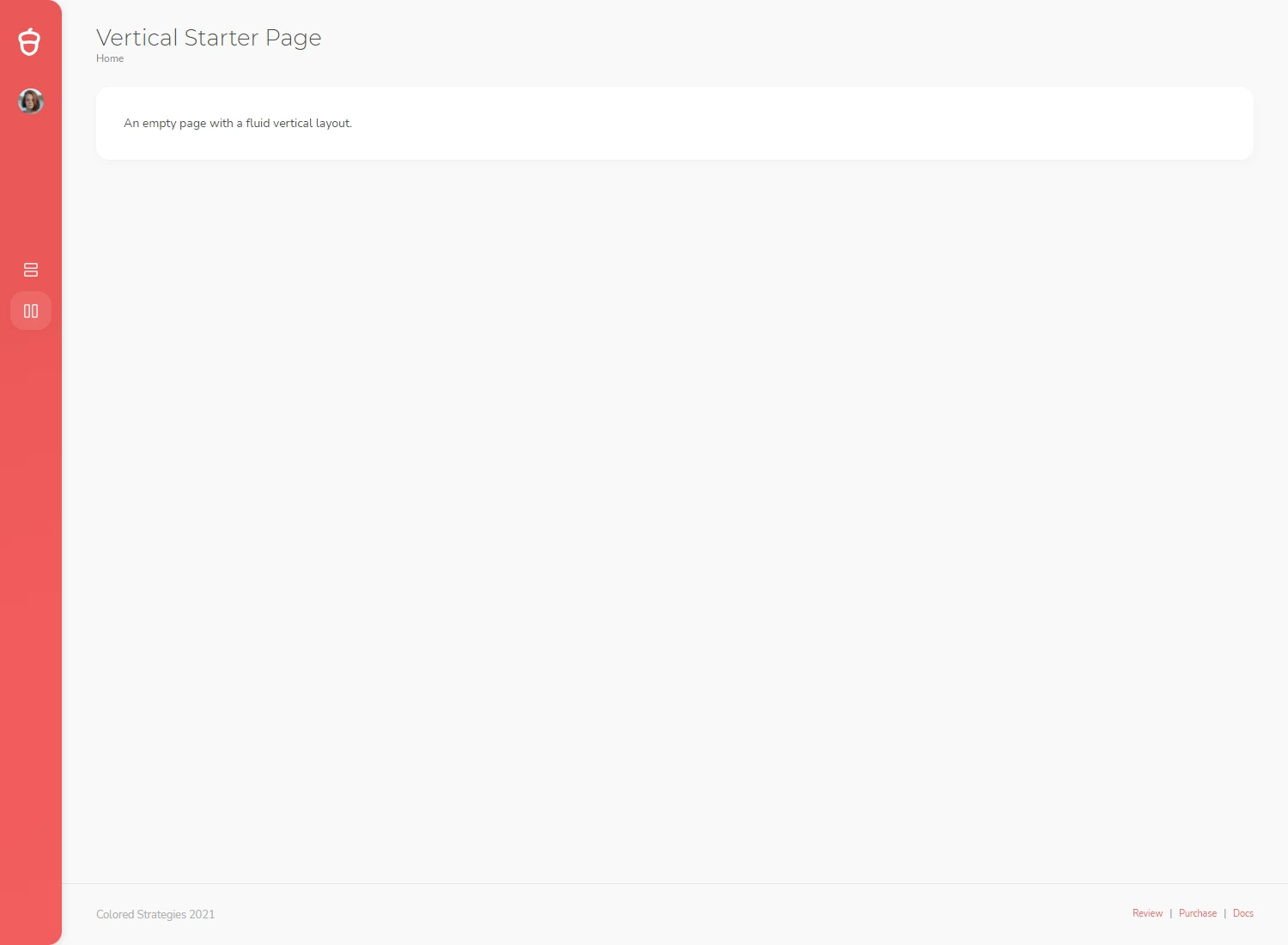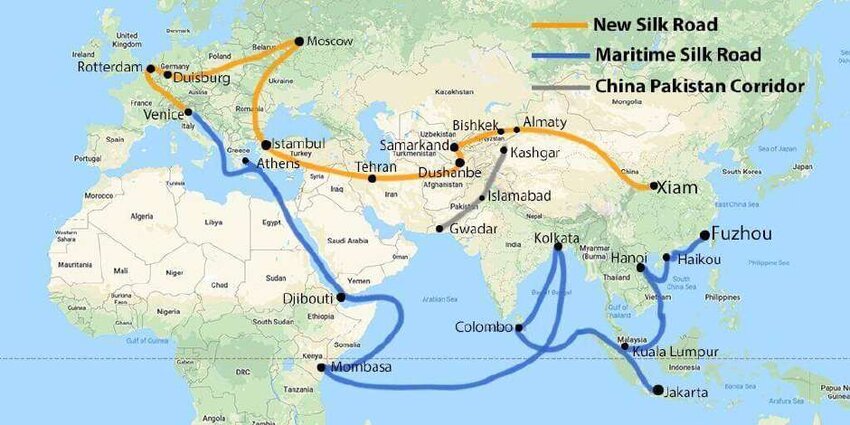
The Belt and Road Initiative (BRI), introduced in 2013 by Chinese President Xi Jinping, is one of the most ambitious global infrastructure and economic development projects of the 21st century. Often compared to the US Marshall Plan, the BRI aims to establish a vast network of trade routes connecting Asia, Africa, Europe, and beyond, with China at its center. However, the initiative has sparked intense debate over its intentions, execution, and impact on participating nations.
1. History and Origin
The origins of the BRI lie in China’s historical trade routes. The initiative seeks to modernize and expand the ancient Silk Road, a series of land and maritime routes that facilitated commerce between Asia and Europe for centuries.
- The Belt: Refers to the Silk Road Economic Belt, focusing on overland trade routes across Central Asia, connecting China to Europe and the Middle East.
- The Road: Denotes the 21st Century Maritime Silk Road, aimed at enhancing sea trade infrastructure across Southeast Asia, South Asia, Africa, and Europe.
The term "Belt and Road" was officially adopted to signify this dual focus, replacing earlier references such as "One Belt, One Road."
2. Objectives of the BRI
China’s stated objectives for the BRI include:
- Infrastructure Development: Build and modernize roads, railways, ports, and energy projects across participating countries.
- Economic Growth: Boost trade connectivity and market access, particularly for underdeveloped regions.
- Geopolitical Influence: Strengthen China’s role in global governance and establish economic interdependence with partner countries.
3. Hidden Agendas
Critics argue that the BRI serves covert geopolitical and strategic objectives:
- Securing Trade Routes: Reduce dependence on sea routes controlled by US allies, such as the Malacca Strait, by creating alternative overland and maritime trade corridors.
- Debt-Trap Diplomacy: Offer unsustainable loans to developing nations, thereby gaining leverage over their governments when they default, as seen in Sri Lanka’s Hambantota Port.
- Expanding Military Reach: Develop dual-use infrastructure, such as ports that can also serve military purposes.
4. Expansion of the BRI
The BRI spans across continents:
- Asia: Projects like the China-Pakistan Economic Corridor (CPEC) connect China’s Xinjiang region to Pakistan’s Gwadar Port, offering a strategic foothold in the Indian Ocean.
- Africa: Major investments include railways in Kenya, pipelines in Nigeria, and industrial projects in Ethiopia.
- Europe: China’s acquisition of the Piraeus Port in Greece and infrastructure development in Hungary reflect its growing influence in the European Union.
- Latin America: Infrastructure and energy projects aim to expand China’s presence in the Americas.
5. Challenges Faced by the BRI
- Debt Distress:
- Countries like Sri Lanka, Kenya, and Pakistan have struggled to repay BRI loans, fueling accusations of debt-trap diplomacy.
- Local Opposition:
- In Pakistan, the CPEC faces resistance from local insurgents and governance issues, stalling its progress.
- Corruption and Mismanagement:
- Projects in Malaysia and Nepal have faced allegations of corruption, cost overruns, and inefficiency.
- Geopolitical Rivalries:
- Countries like India and the US view the BRI as a strategic challenge, limiting its acceptance in key regions.
6. Success or Failure?
The BRI has achieved mixed results:
- Successes:
- Revitalized infrastructure, such as Kenya’s Mombasa-Nairobi Railway and Greece’s Piraeus Port, have boosted local economies and trade.
- China has deepened its economic ties with several countries, strengthening its global influence.
- Failures:
- Many projects remain underutilized, financially unviable, or mired in debt crises.
- Growing international skepticism has slowed the expansion of new projects.
7. India’s Perspective and Concerns
India remains a vocal critic of the BRI, citing several concerns:
- China-Pakistan Economic Corridor (CPEC):
- The CPEC passes through Pakistan-occupied Kashmir (PoK), which India claims as its territory, violating its sovereignty.
- Geopolitical Competition:
- India sees the BRI as a means for China to expand its strategic influence in South Asia and the Indian Ocean, directly challenging India’s regional interests.
- Debt Diplomacy:
- India highlights the economic risks faced by smaller nations caught in unsustainable debt under the BRI framework.
- Connectivity Alternatives:
- India counters the BRI through projects like the Chabahar Port in Iran and the International North-South Transport Corridor (INSTC), offering alternative trade routes.
8. Indo-Pacific and BRI
The Indo-Pacific region is a key area of strategic contest between China’s BRI and other initiatives:
- India’s Role: India, as a member of the Quad (along with the US, Japan, and Australia), promotes a free and open Indo-Pacific to counterbalance China’s growing influence through the BRI.
- Maritime Security: The BRI’s maritime component includes dual-use infrastructure in the Indian Ocean, raising concerns about China’s military reach.
- US Opposition: The US views the BRI as a challenge to its strategic dominance in the Indo-Pacific and supports alternatives like the Blue Dot Network to promote transparent and sustainable infrastructure projects.
Conclusion
The Belt and Road Initiative is a defining feature of China’s global ambitions, aiming to reshape international trade and geopolitics in its favor. While the BRI has delivered strategic and economic benefits for China, it has also exposed the risks of debt dependency, governance challenges, and geopolitical backlash. From India’s perspective, the BRI poses both economic and strategic challenges, particularly through the China-Pakistan Economic Corridor and its expansion in the Indian Ocean.
The future of the BRI will depend on China’s ability to address criticisms, improve project feasibility, and adapt its strategy in response to global concerns. For India and like-minded nations, fostering transparent and inclusive alternatives remains critical to counterbalance the influence of this ambitious initiative.

